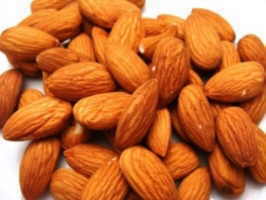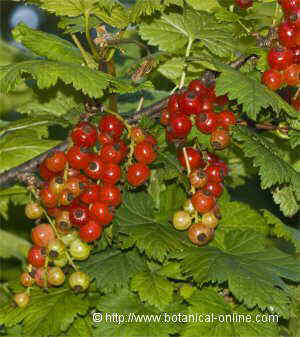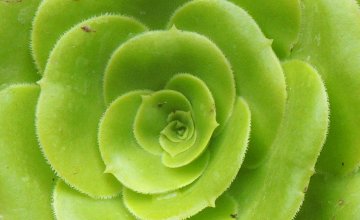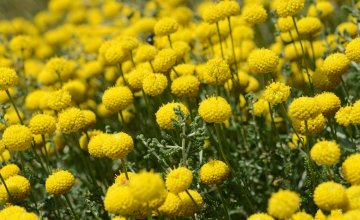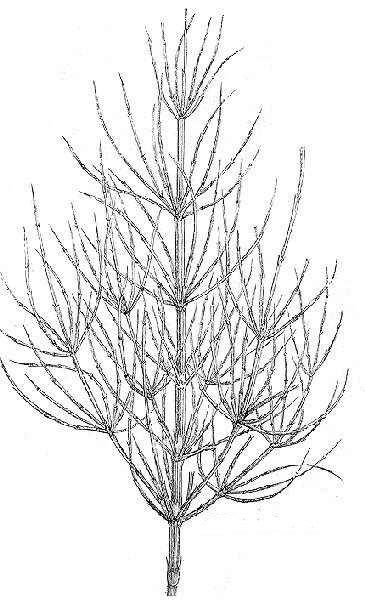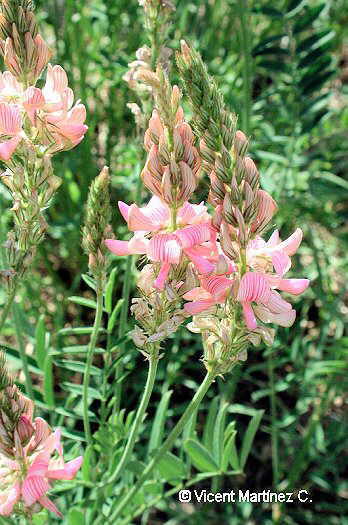Contents
What is a Spanish juniper?
Characteristics of juniper (Juniperus thurifera)
English common name: Spanish juniper
Scientific name: Juniperus thurifera L. The name comes from the Latin “Thurifer” (= incense) + suffix “era” (producer, container, etc), that is, “producer of incense”. This name is due to the use of this plant as incense to mask the bad smell. This same bad smell has been used to drive away insects. The name of the genus “sabina” comes from Sabini, a place in Italy where junipers are very abundant.
Family: Cupresaceae
Description of Spanish juniper
Creeping shrub from the cold climates of Asia and Europe. Although it can reach 3.5 meters in height, it does not usually exceed a meter. However it grows quite a bit in width, reaching up to 4.5 meters.
It stands out for having stems with reddish-brown bark that crumbles easily and for its dark green leaves in the form of overlapping scales.
Habitat. Where does juniper grow?
It normally grows between 1,000 and 2,500 meters in cold places, on poor, limestone and rocky soils.
Components:
Essential oil very rich in: Alpha-pinene, limonene, beta-phellandrene, myrcene, delta-3-carene and alpha-terpineol. with minor amounts of phellandrene, borneol, sabinene, linalool, myrtenol and camphene (leaves and fruits)
- Acids: gallic acid, juniperic acid, sabinic acid
- Resin (Fruits and wood)
- Podophyllotoxin
- thujone
- Terpinolene
- Tannins (Fruits and wood)
Uses of juniper
The juniper is a shrub from cold places with poor soils that is used as:
- For its wood: Highly appreciated for the construction of quality furniture.
- As a medicinal plant
![]() More information on juniper
More information on juniper


